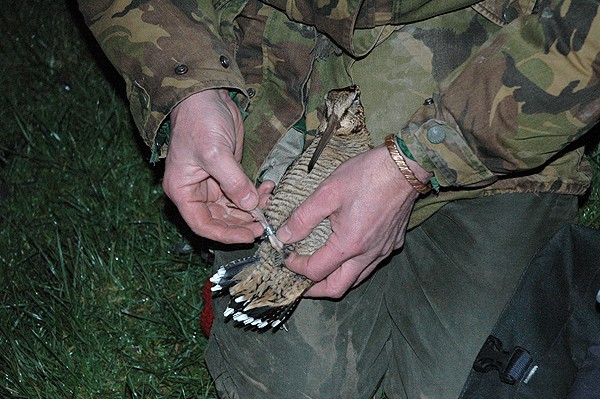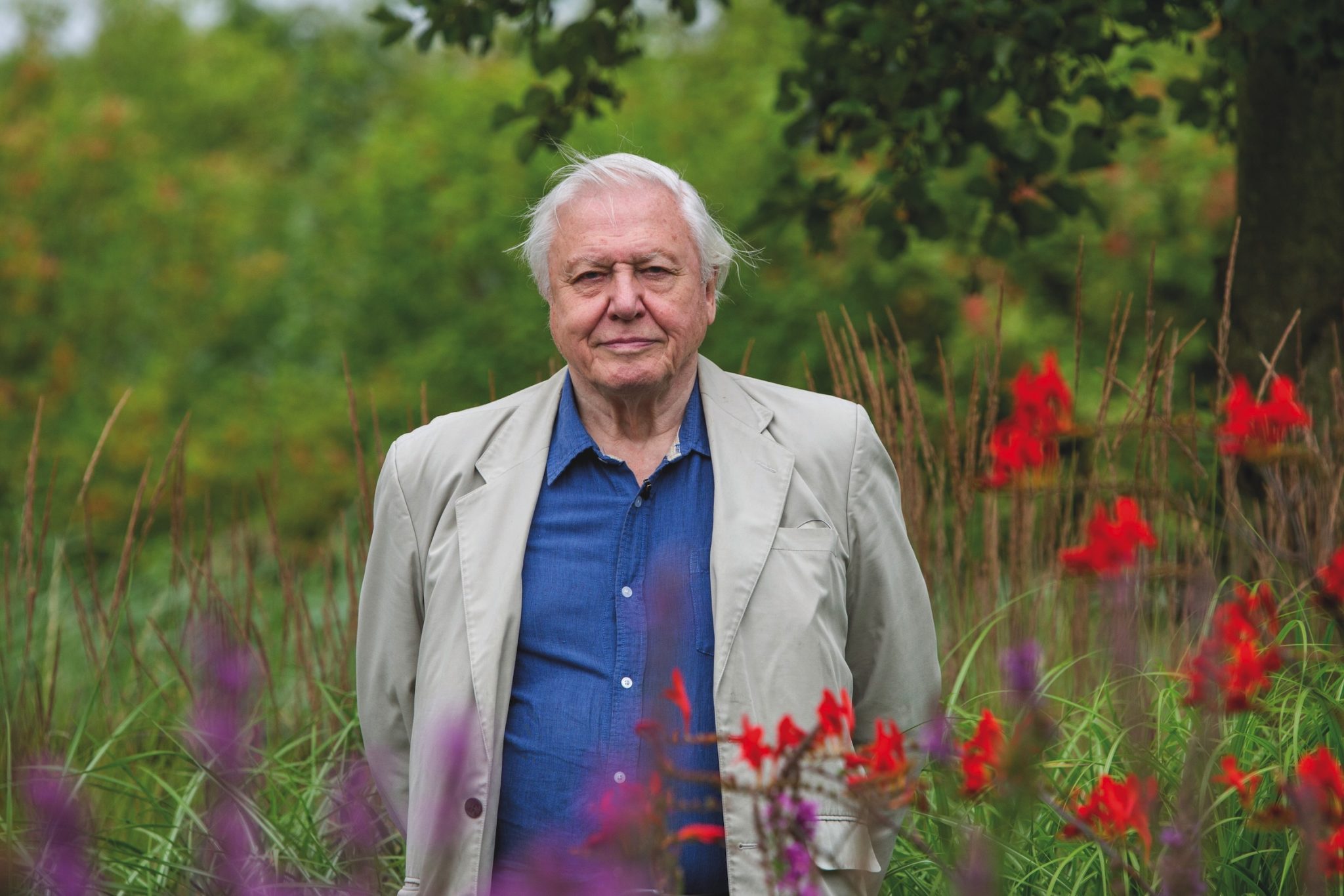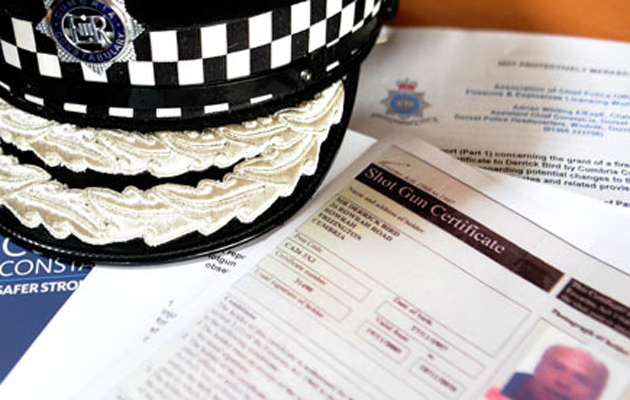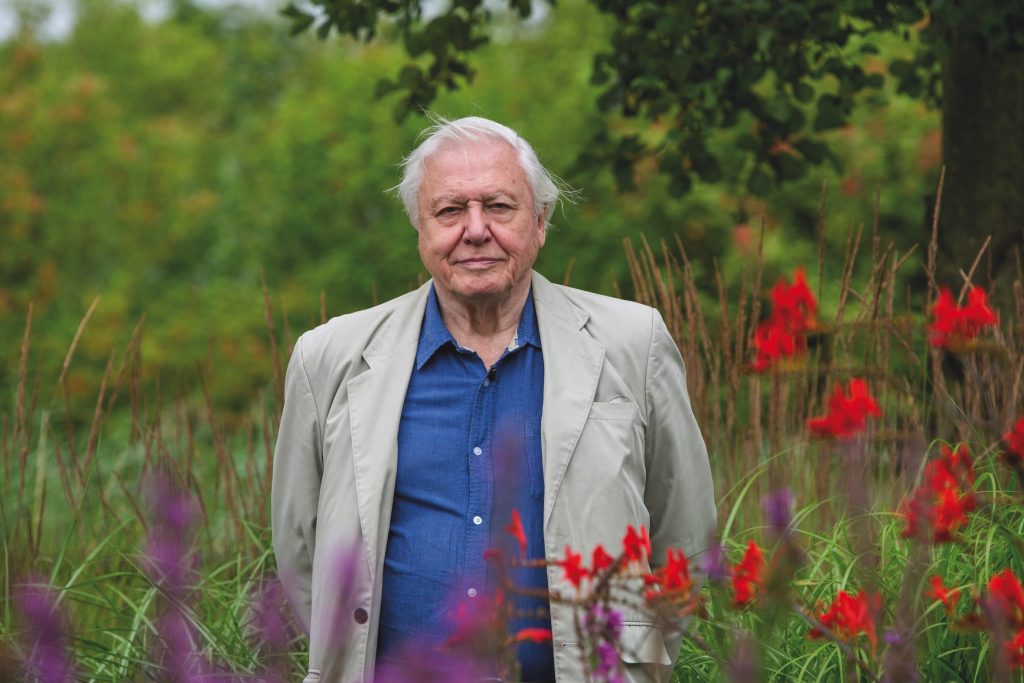Win CENS ProFlex DX5 earplugs worth £1,149 – enter here
Returning bird rings – BTO praises shooters for their help
<strong>Conservationists are urging the British public to follow the shooting community's lead and return bird rings to the BTO</strong>

The British public should follow the shooting communitys example and return bird rings to conservationists, according to the British Trust for ornithology (BTO).
The call comes after it emerged that there has been a drop in the rate of bird ring returns, making it increasingly difficult for the BTO to track the 800,000 birds that are ringed each year in Britain. The latest figures show that in the 1950s, the ringing scheme had an overall return rate of about four per cent, but that has now dropped to just one per cent.
The drastic fall has been blamed on people not spending as much time in the countryside or on remote beaches and being more squeamish than they were 50 years ago. People are terrified of touching something that is dead. And now bird flu has made it even worse, said Mark Grantham, a research ecologist in the BTOs Ringing Unit.
It is a huge problem. It means there is a lot more uncertainty about our figures, which makes it harder to sell our recommendations to politicians and decision-makers, he added.
The BTO pointed out that the shooting community compares extremely favourably with the general public. Mark Grantham said, The recovery rate of rings on quarry species is extremely high. For example, teal rings have a recovery rate of about eight per cent, nine per cent of woodcock rings are returned and an impressive 11 per cent of wigeon rings are returned. He added, So for many species, we are reliant on the return of rings from shooters to enable us to carry out analysis. An example of this was when fowlers helped the BTO to map wildfowl migration routes in relation to bird flu surveillance.
The rest of this article appears in 22nd July issue of Shooting Times.
What is YOUR opinion?
Join other ST readers in our forums to discuss your views.
Like this article? Mark this page on a social bookmarking website…
Related Articles
Get the latest news delivered direct to your door
Subscribe to Shooting Times & Country
Discover the ultimate companion for field sports enthusiasts with Shooting Times & Country Magazine, the UK’s leading weekly publication that has been at the forefront of shooting culture since 1882. Subscribers gain access to expert tips, comprehensive gear reviews, seasonal advice and a vibrant community of like-minded shooters.
Save on shop price when you subscribe with weekly issues featuring in-depth articles on gundog training, exclusive member offers and access to the digital back issue library. A Shooting Times & Country subscription is more than a magazine, don’t just read about the countryside; immerse yourself in its most authoritative and engaging publication.







